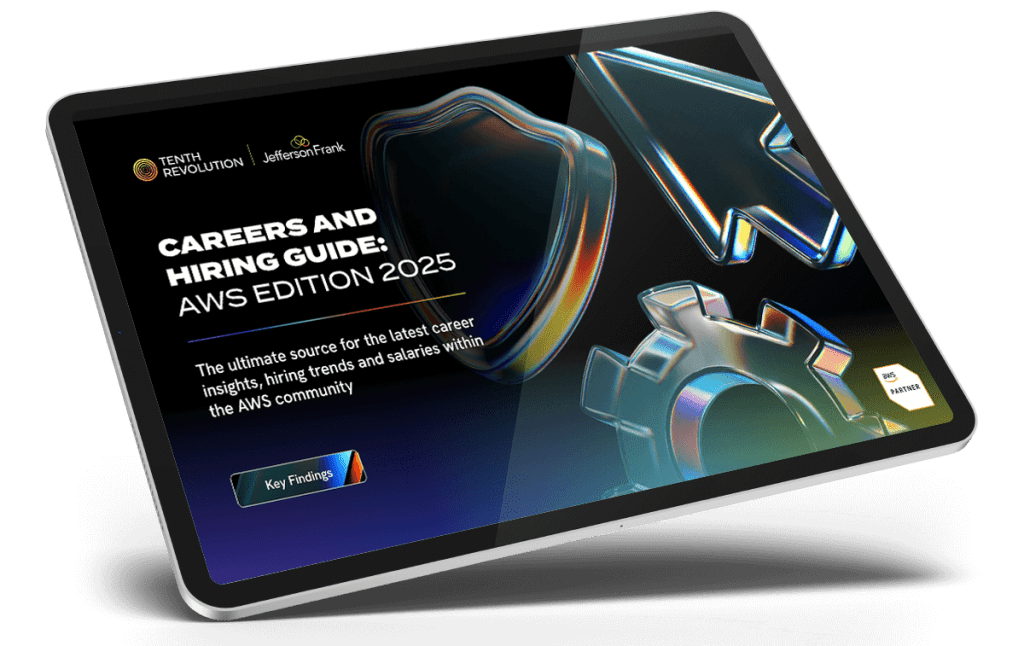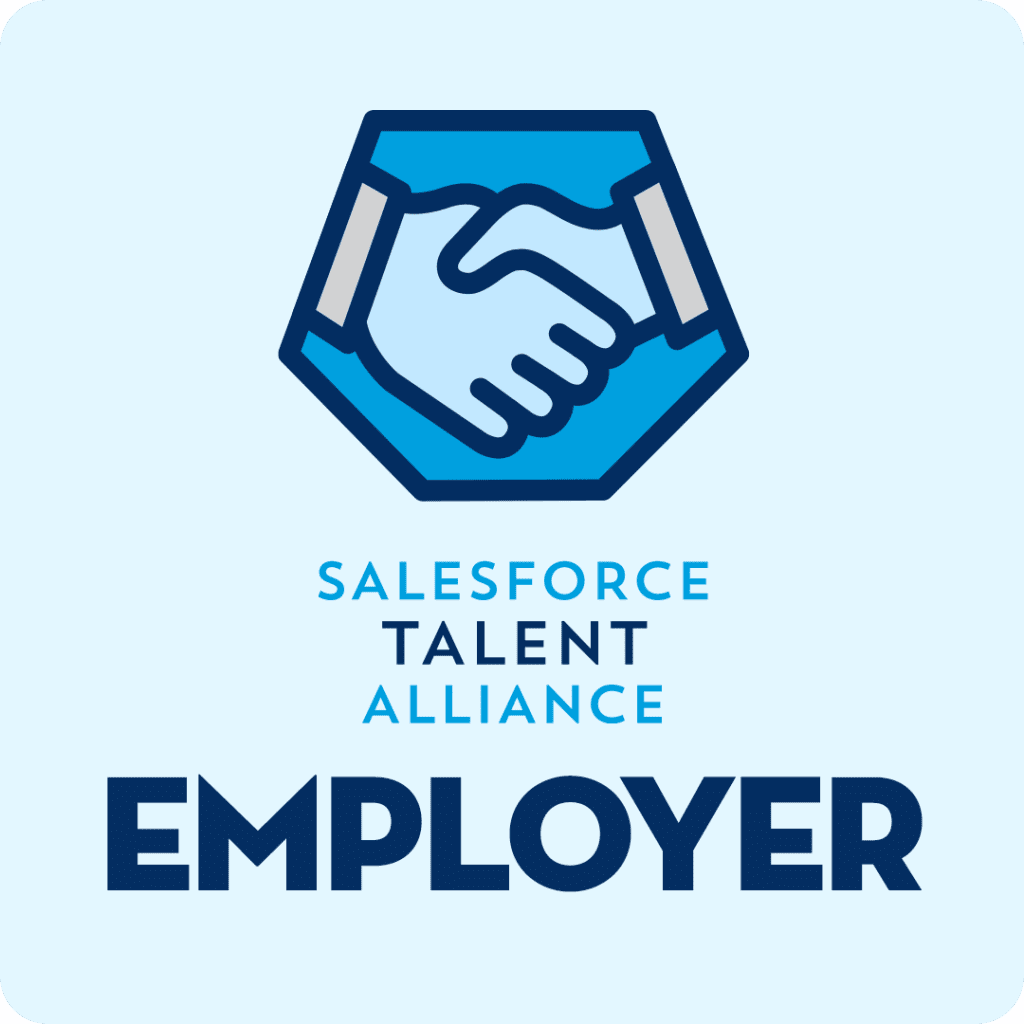Careers and Hiring Guide
AWS Edition 2025
The ultimate source for the latest career insights, hiring trends and salaries within the AWS community
Executive summary


James Lloyd-Townshend
Chairman and Chief Executive Officer
Jefferson Frank, a Tenth Revolution Group company
I’m thrilled to introduce our latest Careers and Hiring Guide, a must-read resource for professionals all over the world who work with AWS in their day-to-day roles.
Every year, our publication delves into the issues that matter most across the AWS ecosystem, keeping you plugged into the latest industry trends.
Whatever your current priorities—whether you’re looking for an exciting new job opportunity, eager to climb the career ladder with your existing company or seeking top AWS talent to join your team—our insights will arm you with the information you need to fulfil your goals.
As always, we’ve sourced our exclusive findings via two main channels: self-reported data from respondents who completed our online survey and statistical analysis of vacancies and placements made by us. By combining information that covers more than 24,000 data points, we’ve built up the most comprehensive picture of the AWS community worldwide, with a view of the ecosystem you won’t find anywhere else.
So, what’s new one year on from our last publication? Here’s a snapshot of our key findings to spark your interest!
What have we discovered this year?
Expand to keep reading the thoughts of our CEO James Lloyd-Townshend
According to our latest survey, 59% of AWS professionals currently hold a certification, with 79% of certified professionals considering that they make you a more valuable candidate. Those who reported a pay rise post-certification received, on average, a sizeable increase of 20%.
However, moving employers is still one of the key ways to bump up your take-home pay, with salary increases averaging 19% for those who moved on. By contrast, joining an organization that offered a better benefits package than your previous employer was the top reason for taking a pay cut.
Throughout 2024, numerous tech giants have mandated a return to the office among their workforces. However, our survey tells us that 45% of AWS professionals can still work from home full-time. What’s more, the option to work remotely is one of the highest-rated benefits most likely to entice a candidate into a new role. So, despite falling out of favor with an increasing number of employers, remote work is still desirable among employees.
Honing in on freelance life, the average contract length is now seven months, and 58% of contractors tell us that finding new customers is their number one challenge.
Our study also profiled equality, diversity and inclusion (EDI). It found that 61% of employers have invested resources into their EDI initiatives, down from 66% in our previous survey and 69% the year before, indicating a disappointing downward trend. Encouragingly, though, 84% of our respondents believe their organization respects and values people of all cultures and backgrounds.
The digital skills gap remains a prevalent issue among hiring managers, with 69% observing an IT skills gap in the AWS community. When addressing that divide, 61% of those respondents tell us that the time it takes to find new talent is the main challenge their organization faces (and this is where we can help you!).
We’ll explore these findings and what they mean for you and your business, plus so much more in the rest of this guide—so don’t stop reading quite yet.
I would also like to thank everyone who participated in our questionnaire as your insights make this publication possible year after year, including a special shout-out to Dan Pudwell for his valuable contribution—the Solutions Architect was our prize-winner from this year’s survey respondents! The good news is that our survey will return soon, but in the meantime, stay up to date with the latest developments in the AWS space by bookmarking our blog and joining our community over on LinkedIn.
Until next time,
James
What's in this guide?
Exploring training and certifications in the AWS universe
Insights for employers and hiring managers: Recruiting and keeping talent
Insights for candidates: Career development and the jobs market


Careers and Hiring Guide
Salary tables
About this guide
The following should be considered when interpreting the data in this report:
- Not all percentages add up to 100% because some questions have multiple-choice answers
- Answers are rounded for single-choice questions, so not all responses will total 100%
- Findings based on a small sample of results (i.e. under 5%) should be taken as indicative only
- For questions that asked for an open (qualitative) response, there may be some overlap in the quotes used to identify the themes, with quotes sometimes illustrating more than one theme
- Themes identified when grouping qualitative responses are displayed in no particular order of importance and are purely representative of the answers given
- Respondent views are their own and do not reflect the views of Tenth Revolution Group and its employees


Interested in learning more about the demographic profile and types of organizations our respondents are from?


Careers and Hiring Guide
AWS Edition 2025
Key Findings
Our key findings report contains highlights from this year’s Careers and Hiring Guide, plus our salary tables to allow you to compare your compensation or benchmark your teams’ salaries or rates no matter their role in the AWS ecosystem.







